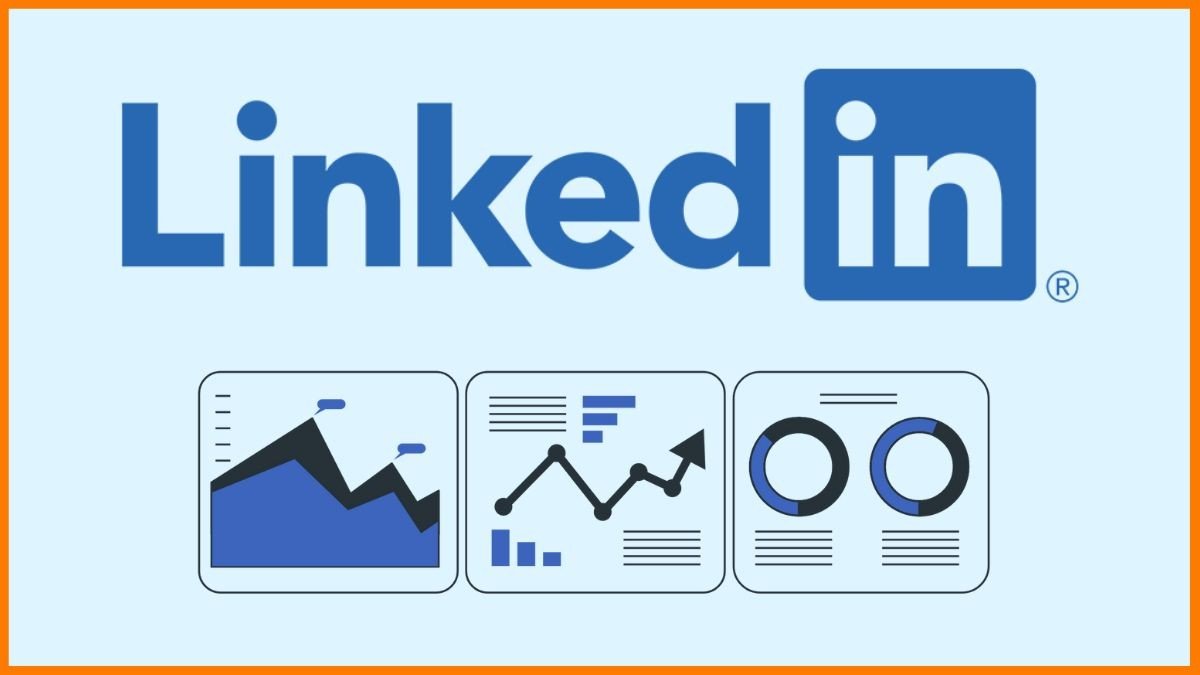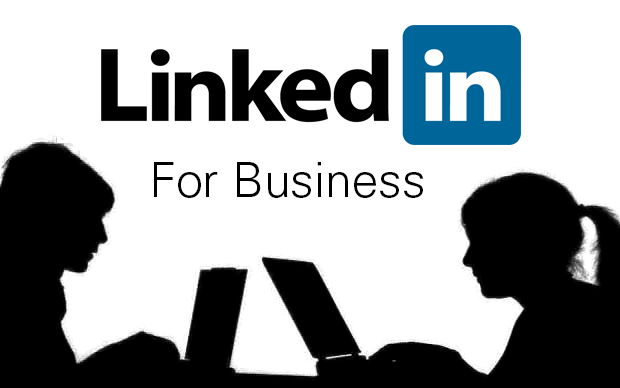Using LinkedIn in Business: Strategies for Success
LinkedIn has evolved far beyond a simple networking platform. Today, it’s an essential tool for businesses looking to grow, connect with potential clients, and build a strong brand presence. Here’s how to effectively use LinkedIn in your business strategy.
1. Establish a Strong Company Page
Your LinkedIn Company Page is the cornerstone of your business’s presence on the platform. It’s where potential clients, partners, and employees will first learn about your brand.
- Optimize Your Profile: Ensure your company profile is complete with a compelling description, industry-relevant keywords, and your logo. Include a clear and concise overview of your business, services, and values.
- Consistent Branding: Use your company’s colors, fonts, and imagery to create a consistent brand identity. Make sure the cover image and other visual elements align with your brand’s message.
- Showcase Products/Services: Use LinkedIn’s showcase pages to highlight specific products or services. This allows you to tailor content to different segments of your audience.
2. Build and Engage Your Network

LinkedIn is a powerful networking tool, enabling you to connect with professionals, clients, and industry leaders.
- Connect with Purpose: When sending connection requests, personalize your message to explain why you want to connect. Focus on building meaningful relationships rather than simply growing your contact list.
- Engage Regularly: Interact with your connections by liking, commenting, and sharing their posts. Engaging with your network keeps your business top-of-mind and fosters stronger relationships.
- Join Relevant Groups: Participate in industry-specific LinkedIn groups. This helps you stay informed about industry trends, share your expertise, and connect with potential clients or partners.
Building Community and Trust Online
At RBPA, we value reliability, community, and engagement — qualities that extend beyond our programs into the digital world. Exploring a trusted Aussie casino can offer entertainment that’s backed by fairness and secure technology. Just like our mission to support professionals with integrity, these platforms prioritize user trust and satisfaction. It’s about creating safe, enjoyable spaces both offline and online.
3. Leverage LinkedIn for Lead Generation
LinkedIn is an effective platform for generating high-quality leads, especially in B2B marketing.
- Advanced Search: Use LinkedIn’s advanced search filters to find potential leads based on criteria like industry, job title, and location.
- LinkedIn Ads: Invest in LinkedIn’s advertising options, such as Sponsored Content, Sponsored InMail, and Text Ads, to target your ideal audience and generate leads.
- Lead Gen Forms: Use LinkedIn Lead Gen Forms to capture leads directly from your ads. These forms are pre-filled with LinkedIn profile data, making it easy for users to submit their information.
4. Share Valuable Content
Content marketing on LinkedIn can position your business as an industry leader and attract your target audience.
- Post Regularly: Share industry news, insights, and company updates regularly. Posting consistently keeps your business visible and relevant.
- Publish Articles: Use LinkedIn’s publishing platform to write long-form content. Share your expertise on topics relevant to your industry to build thought leadership.
- Video Content: Utilize video to engage your audience. LinkedIn video posts can include product demos, customer testimonials, or behind-the-scenes looks at your company.
5. Use LinkedIn Analytics to Measure Success
LinkedIn provides analytics tools that allow you to measure the effectiveness of your content and campaigns.
- Profile Analytics: Track profile views, search appearances, and the demographics of those who engage with your content. This can help you refine your strategy.
- Post Performance: Monitor the engagement metrics of your posts, such as likes, comments, shares, and click-through rates. Use this data to understand what content resonates most with your audience.
- Campaign Performance: If you’re running ads, LinkedIn’s Campaign Manager provides detailed analytics on impressions, clicks, conversions, and ROI.
Community Engagement and Trusted Online Experiences
RBPA.org supports community development through events, partnerships, and initiatives that bring people together and foster local growth. Just as strong communities rely on trust and participation, online platforms should offer secure and enjoyable experiences. For those interested in responsible digital entertainment, https://www.jokacasino.me/real-money-casino provides a reliable space for real-money gaming. Both community and recreation thrive on connection and shared value.
6. Enhance Employee Advocacy
Your employees can be powerful advocates for your brand on LinkedIn. Encourage them to share company updates and content with their networks.
- Employee Training: Provide training on LinkedIn best practices and content sharing strategies. Ensure they know how to represent your brand positively.
- Content Sharing: Encourage employees to share company posts and create their own content that aligns with your brand values.
- Recognition and Incentives: Recognize and reward employees who actively promote your business on LinkedIn.
7. Leverage LinkedIn for Recruitment
LinkedIn is also a powerful tool for attracting top talent to your business.
- Job Postings: Use LinkedIn’s job posting feature to advertise open positions. Make sure job descriptions are clear, compelling, and accurately reflect the role.
- Employee Branding: Highlight your company culture through posts and articles. Share stories about your team, work environment, and values to attract like-minded professionals.
- Recruiter Tools: Consider using LinkedIn Recruiter to access LinkedIn’s talent pool and find candidates that match your hiring criteria.
While mastering professional platforms like LinkedIn is crucial for business growth, understanding diverse digital engagement strategies can offer unexpected insights. Many entrepreneurs find that analyzing high-converting online experiences—from social selling to entertainment platforms—helps refine their approach to customer interactions.
Just as businesses optimize their LinkedIn presence, other industries demonstrate remarkable digital adaptability. For instance, observing how leading platforms maintain user engagement offers valuable lessons, much like the operational excellence seen at the top au online casino establishments. These parallels remind us that strategic digital execution transcends industries.
Ultimately, whether building professional networks or developing customer-centric interfaces, the core principles of strategic planning and user experience remain universally applicable for sustainable success.
Conclusion
LinkedIn is an invaluable tool for businesses of all sizes. By optimizing your company page, actively engaging with your network, sharing valuable content, and leveraging LinkedIn’s various features, you can boost your business’s visibility, generate leads, and build a strong brand presence. Whether you’re looking to grow your network, attract new clients, or recruit top talent, LinkedIn offers the tools and opportunities to help your business thrive in 2024.


